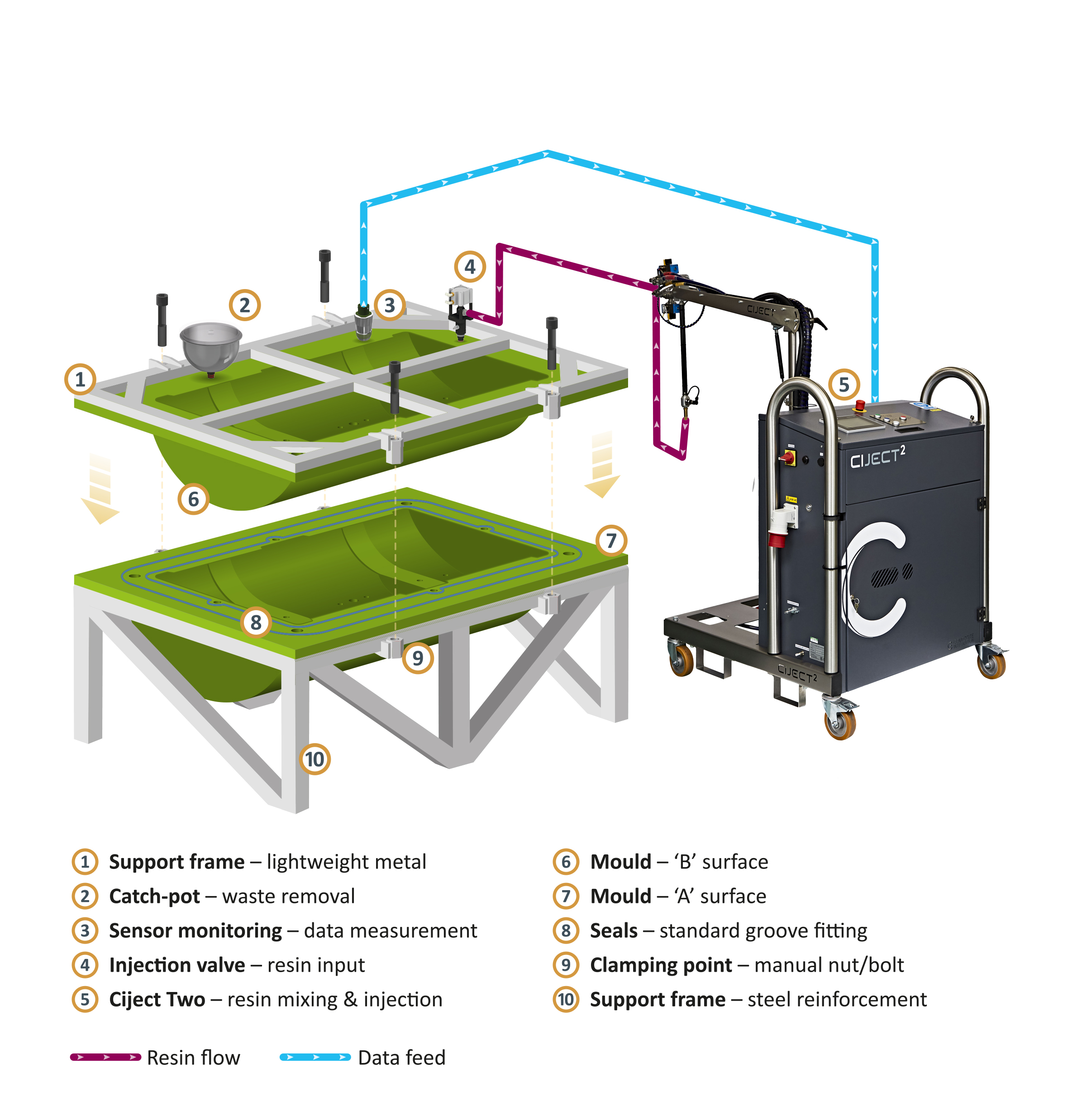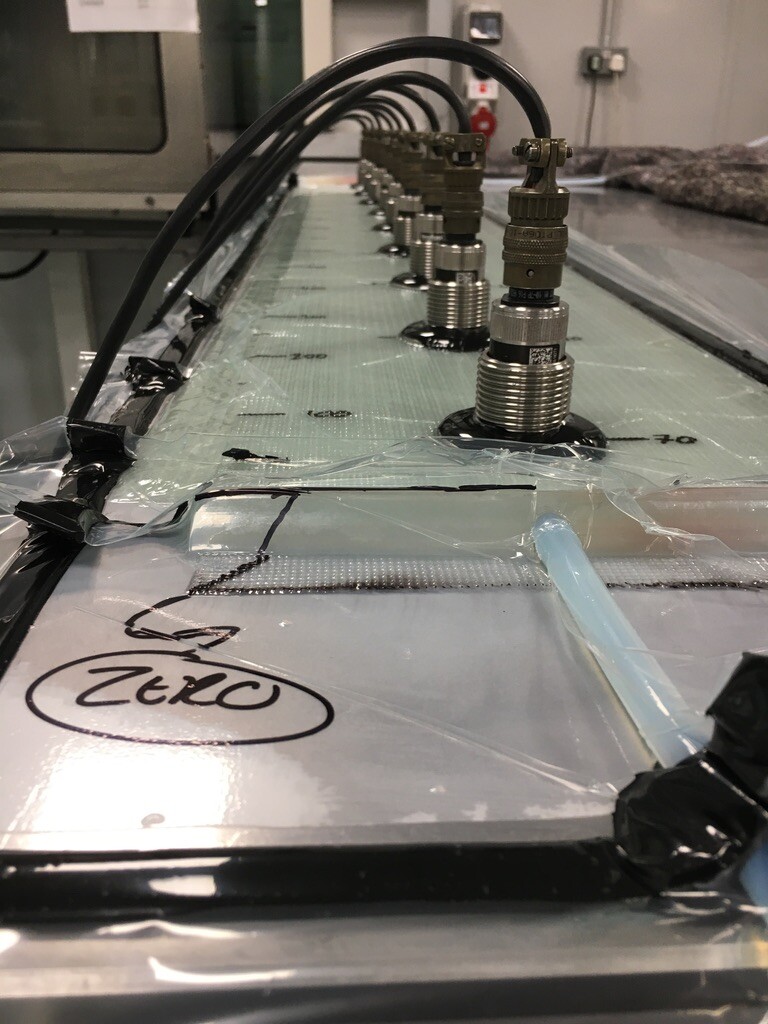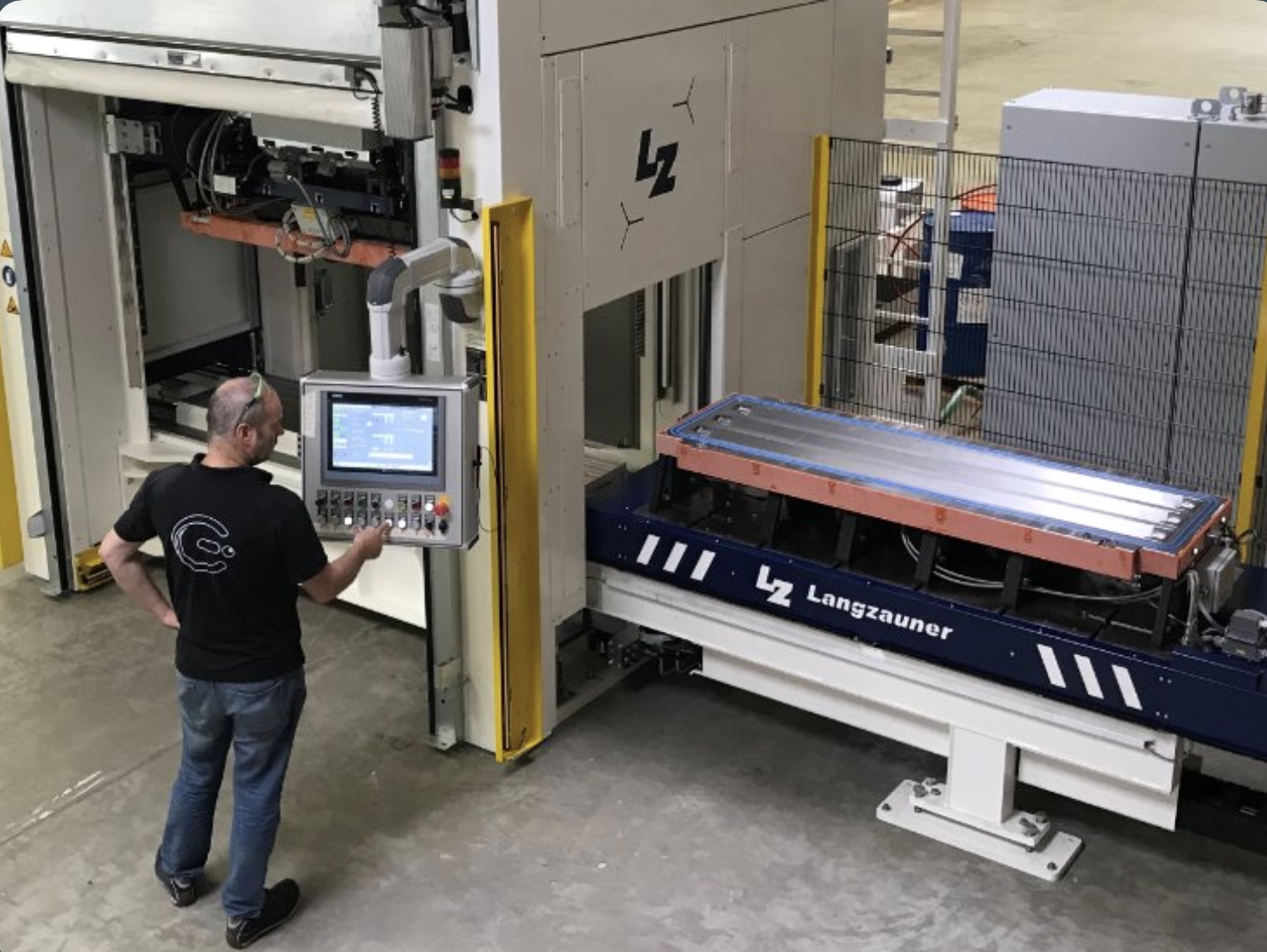Aerospace manufacturing poses a unique set of challenges, demanding components that are not only lightweight and exceptionally strong but also able to withstand extreme conditions. At the same time, manufacturers must achieve these high standards while maintaining efficient, high-volume production, all while reducing environmental impact and supporting the industry’s journey towards Net Zero.
Resin transfer moulding can help strike this vital balance, offering both the performance and scalability the aerospace sector requires.
What is RTM?
Resin transfer moulding is a composite manufacturing method that is used to create high-performance composites. It involves injecting liquid resin into a closed mould pre-loaded with dry fibre reinforcement materials. The process delivers precise control over fibre placement and resin distribution, resulting in consistent, high-quality components with increased efficiency and scalability, and reduced energy requirements, making them better aligned with sustainable manufacturing goals for future projects.
RTM is well-suited for use across a range of industries, particularly those that require exceptional part integrity and component quality, such as in the aerospace industry.
The Future of Aerospace Composites Manufacturing
Pre-preg has long been the standard for aerospace composites, but advanced processes such as RTM and direct infusion are strong alternatives, offering greater efficiency and scalability for future projects.
Our work with Safran Aerospace aimed to answer questions about the viability of resin infusion methods as an alternative to pre-preg, evaluating its ability to meet stringent aerospace requirements while also reducing costs and production times.
Results were positive, highlighting the significant potential of infusion processes to address the sector’s toughest manufacturing challenges. You can learn more about our work as partners on this project in our Safran case study.
We’ve also worked with other global aerospace manufacturers to help refine and optimise existing RTM processes, consolidating our CIJECT machines as valuable tools in the aerospace sector.
The Benefits of RTM For Aerospace Manufacturing
There are several key benefits that make RTM such a desirable option for aerospace composites.
High-Quality Finishes
The closed mould system means that there is no ‘rough’ side, providing smooth, high-quality finishes on both sides of the part. Not only does this increase the overall quality and consistency of components, meeting the high demands of the industry, but it can also reduce post-processing work, further helping to reduce production time.
Precise finishes are often essential for aerodynamic parts to meet performance, safety, and structural standards.
Dimensionally Accurate Components
RTM excels at producing highly precise, dimensionally stable parts by minimising resin shrinkage and reducing the variability often introduced by manual processes.
This level of accuracy is especially critical in aerospace, where even the smallest deviation can affect structural integrity, safety, and overall performance.
Increased Customisation & Versatility
One of RTM’s key advantages is its ability to produce intricate, customised shapes with complex geometries and integrated features – designs that would be challenging, if not impossible, to achieve with more manual or open-mould processes.
This is particularly valuable in aerospace, where components often feature contoured surfaces, varying thicknesses, and integrated fittings that must meet strict aerodynamic and structural demands while also minimising weight.
RTM is also highly versatile in terms of material compatibility. It can be used with a wide range of reinforcement fibres, including glass, carbon, and aramid, as well as different resin systems tailored to specific performance needs.
Increased Automation
RTM also offers significant opportunities for automation, reducing reliance on manual labour, increasing efficiency, improving repeatability and enabling higher production rates – all without compromising quality.
RTM’s automation capabilities help manufacturers produce parts reliably at scale, ensuring that production schedules are met while maintaining the structural integrity and performance demanded by the modern aircraft industry.
Additionally, automation helps reduce human error, waste and overall production costs, which directly supports both economic and environmental priorities. Lower waste, reduced rework, and leaner material use all contribute to a more sustainable production model in line with Net Zero targets.
Superior Weight-to-Strength Ratio
RTM-produced components combine exceptional strength with reduced weight, a critical factor for aeroplanes, helicopters and spacecraft where every kilogram saved contributes to improved fuel efficiency and greater payload capacity.
By precisely controlling fibre placement and resin distribution, RTM ensures that material is used efficiently, resulting in structures that are both lightweight and exceptionally strong.
This efficiency not only improves aircraft performance but also reduces fuel burn over the lifetime of the aircraft, cutting emissions and aligning with global Net Zero commitments.
While being lighter, composites produced with RTM tend to be more robust and resistant to harsh conditions, creating more durable end products.
To find out more about the unique benefits of RTM and in what other sectors it is beneficial, see our article on what resin transfer moulding can be used for.
Making the Switch to RTM
Here at Composite Integration, we’ve worked with numerous partners to devise custom RTM solutions that meet individual requirements, as well as working to refine existing processes to ensure you can achieve the best results.
If you’re tackling a complex composite challenge, whether in aerospace or another high-performance sector, please get in touch with our team to find out more about how our expertise and services can support your project.





